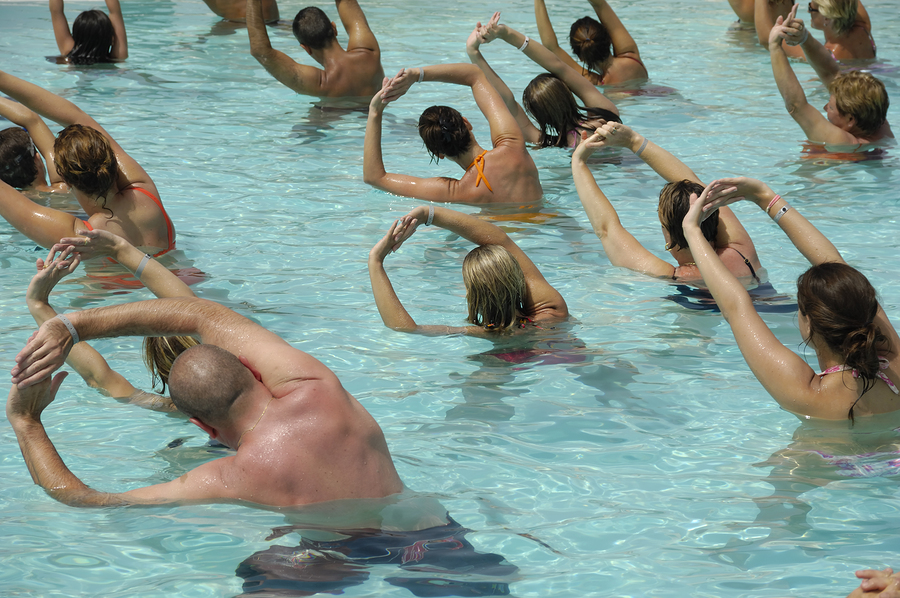- Make It Yourself Lavender Heart-Shaped Bath Bombs!
- 20 Things You Never Knew About “Down There”
- 12 Best Foods For Those Suffering From Arthritis Pain
- 12 Personal Hygiene Mistakes Almost Everyone Makes (Mom Never Told You About #4!)
- 15 Medicinal Plants And Herbs From The Cherokee People
- 12 Mind-Blowing Benefits Of Drinking Coconut Water During Pregnancy
- 12 Outstanding Winter Foods That Won’t Fatten You Up Like A Christmas Turkey
Why You Need To Start Doing Water Workouts

Photo credit: bigstock.com
3. Pool or Pond?
Most people who swim regularly as part of an exercise program do so in a pool, and most water training classes are offered in pools as well. There are both advantages and disadvantages to training in a pool vs a natural body of water. For starters, pools are usually maintained at a certain temperature, and indoor ones are often open year-round, while outdoor bodies of water are subject to the seasons and weather. Pools are also often cleaner. Wearing water shoes is recommended when training in a natural body of water due to the substrate at the bottom (this will not be a problem in a manmade pool.)
However, artificial pools also are filled with chlorine and disinfectant agents, while natural ponds, lakes and oceans are not. These chemicals do help to disinfect the water, but pose different health risks of their own. In addition to mere eye irritation, chlorine can react with organic substances like leaves, skin particles and hair to form disinfectant byproducts (DPBs) which have been linked a variety of health problems. If you own a pool, consider using an ozone-system to remove bacteria from the water (you may still need to use chlorine periodically to prevent buildup of algae).
This doesn’t mean you should swear off pools completely, just take sensible precautions and shower off afterward. The benefits of water-based training will outweigh whatever risks there are from pool chemicals, as long as you take precautions to reduce exposure to them.
READ ALSO: 10 Mental Tricks for a More Effective Workout
Whichever option you chose, you can get fantastic results from training in a pool or natural body of water. Try adding water exercises to your workout regimen and see the incredible difference it can make in your strength and cardiovascular health.
References:
































